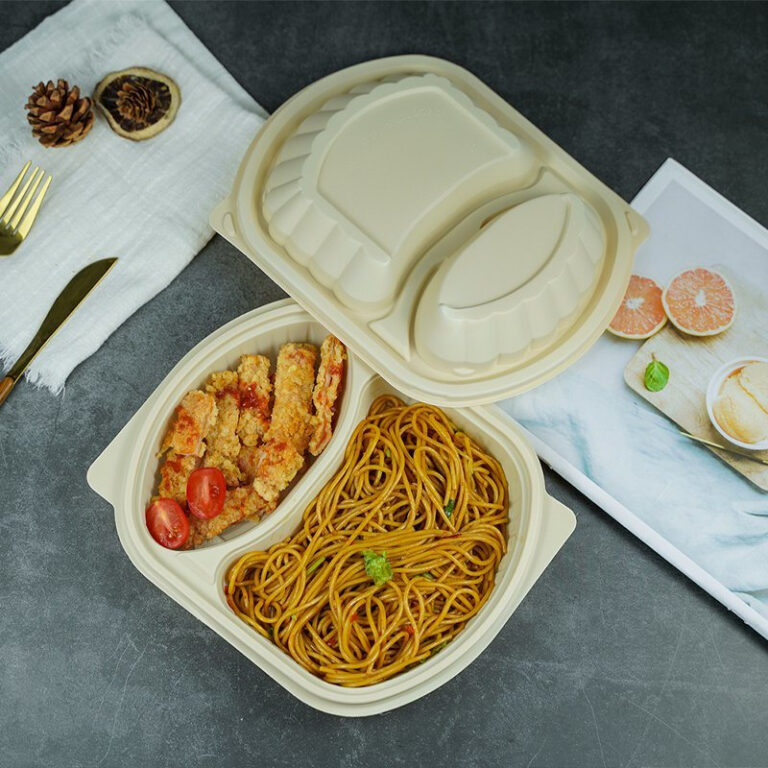Introduction:
In the quest for sustainable living, one area that has seen significant innovation is the food packaging industry. With the growing concern over plastic waste, there’s a renewed focus on finding eco-friendly alternatives. Enter the sugarcane bagasse meal box, a product that’s not only good for the environment but also a testament to the power of innovation.
What is Sugarcane Bagasse?
Sugarcane bagasse is the fibrous residue left after the extraction of juice from sugarcane. Traditionally, this waste product was often burned or left to decompose, contributing to air pollution and waste. However, with advances in technology, this byproduct has been repurposed into a versatile material for various applications, including disposable meal boxes.
The Benefits of Sugarcane Bagasse Meal Boxes
Eco-Friendly: Unlike plastic, sugarcane bagasse is a renewable resource. It’s made from a plant that absorbs CO2 as it grows, making it a carbon-negative option.
Biodegradable: These meal boxes break down naturally in a compost environment within a few months, returning nutrients to the soil.
Compostable: They meet industrial composting standards, ensuring that they can be safely composted with food waste.
Durability: Despite being made from a plant-based material, sugarcane bagasse meal boxes are sturdy and can hold both hot and cold foods without leaking or breaking.
Hygienic: The production process ensures that these boxes are free from contaminants, making them safe for food contact.

How Sugarcane Bagasse Meal Boxes are Made
The process of making sugarcane bagasse meal boxes is quite fascinating. After the sugarcane is crushed to extract the juice, the leftover bagasse is collected. It’s then washed, dried, and ground into a fine pulp. This pulp is molded into the shape of meal boxes and allowed to dry naturally. The end product is a strong, yet lightweight, disposable container.
The Impact on the Environment
By choosing sugarcane bagasse meal boxes, consumers and food service providers are making a conscious decision to reduce their carbon footprint. These boxes not only replace single-use plastics but also support a circular economy by turning waste into a valuable product.
Adoption and Availability
The adoption of sugarcane bagasse meal boxes has been growing steadily. Many restaurants, cafes, and food delivery services are opting for these sustainable alternatives. They are increasingly available in supermarkets and online stores, making it easy for consumers to make the switch.
Conclusion:
The sugarcane bagasse meal box is a shining example of how waste can be turned into a resource. It’s a small change that can make a big difference in the fight against plastic pollution. As more people become aware of the environmental benefits, it’s likely that we’ll see even greater adoption of these eco-friendly options in the near future.
Call to Action:
If you’re looking to make a positive impact on the environment, consider using sugarcane bagasse meal boxes for your next takeout order or event. Every choice counts when it comes to sustainability.

